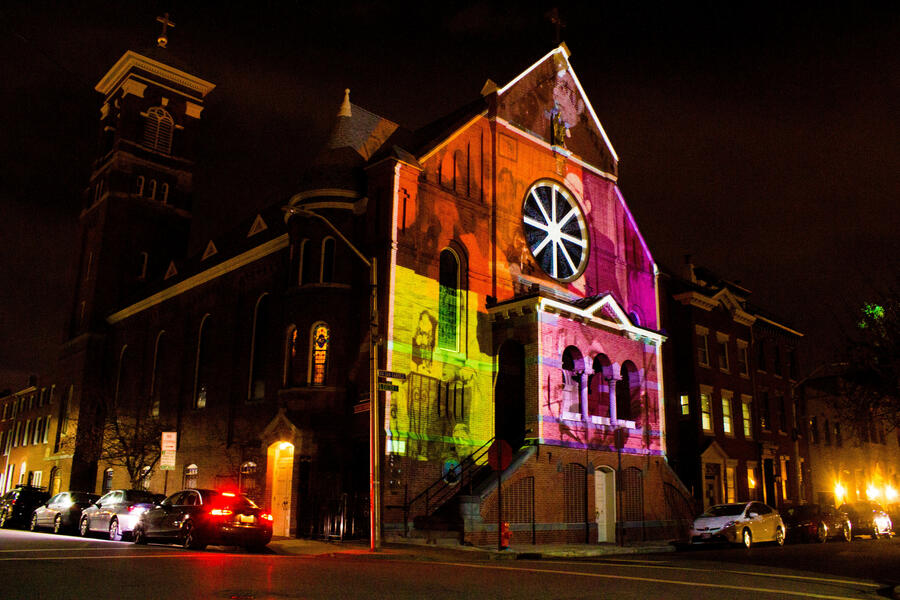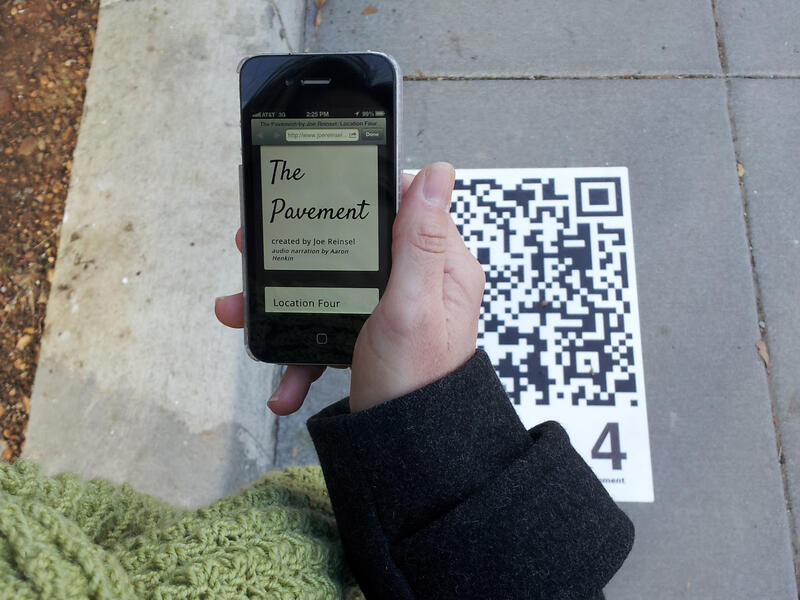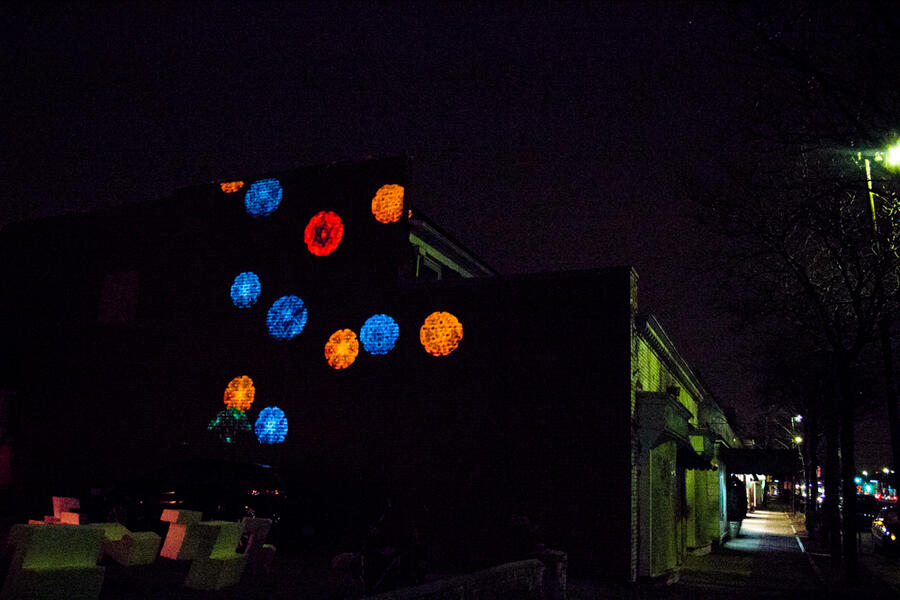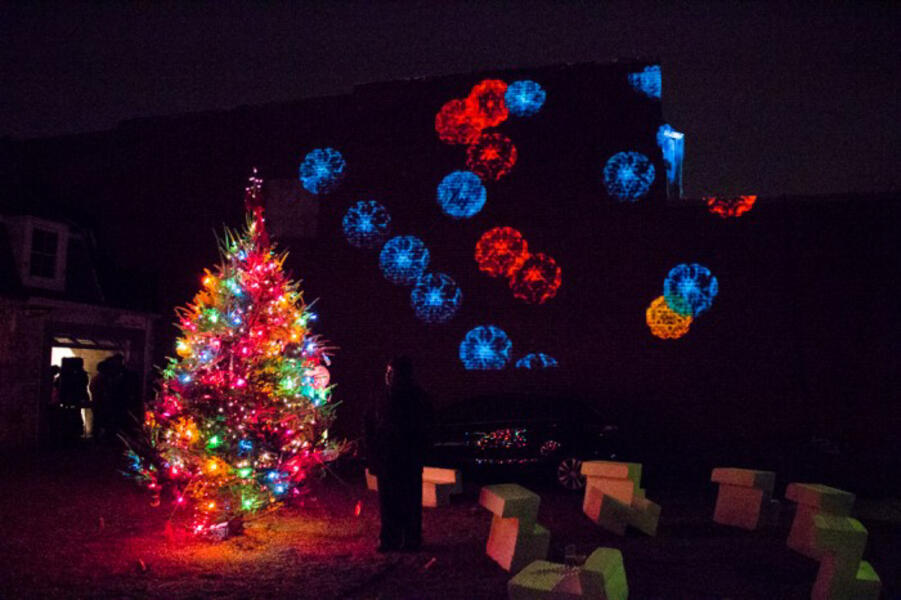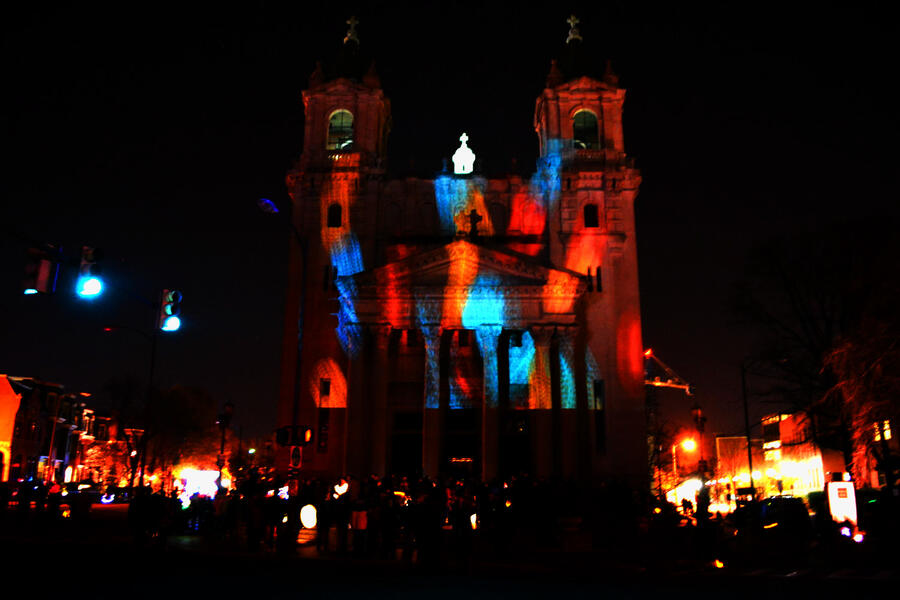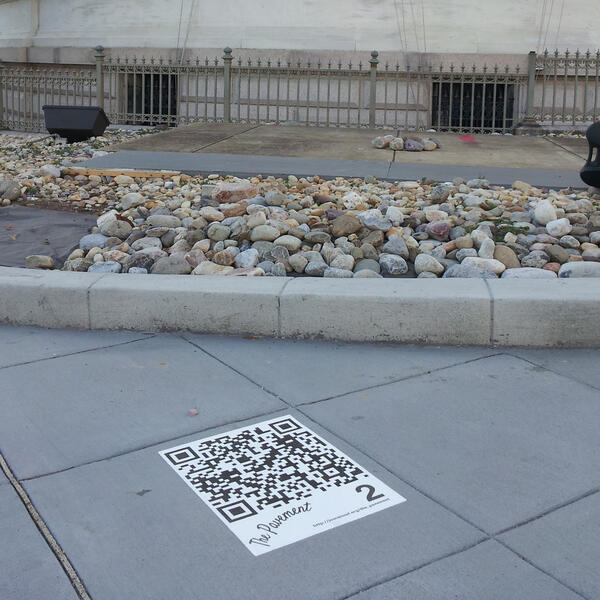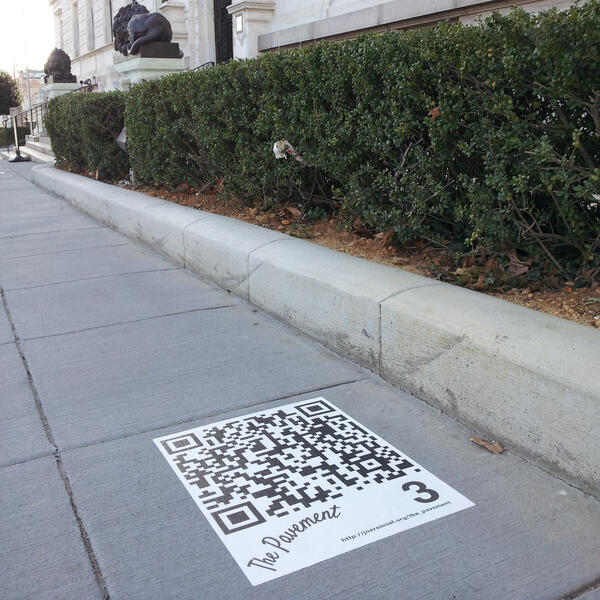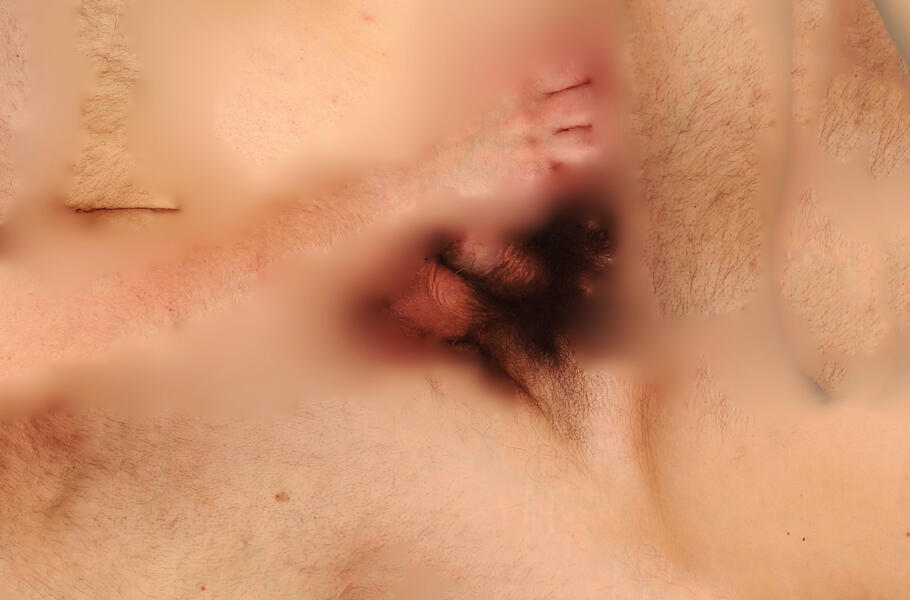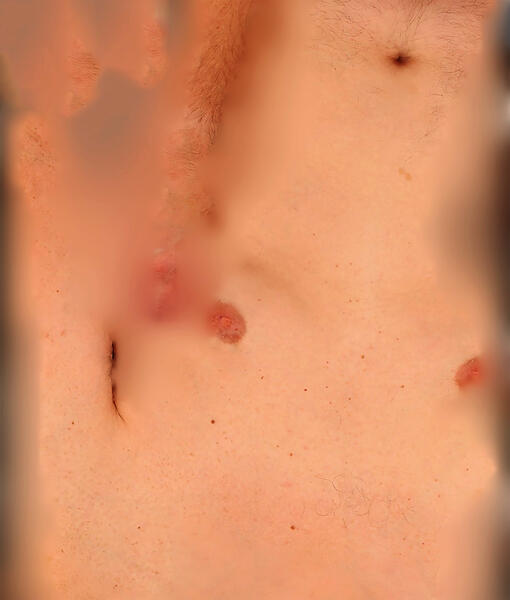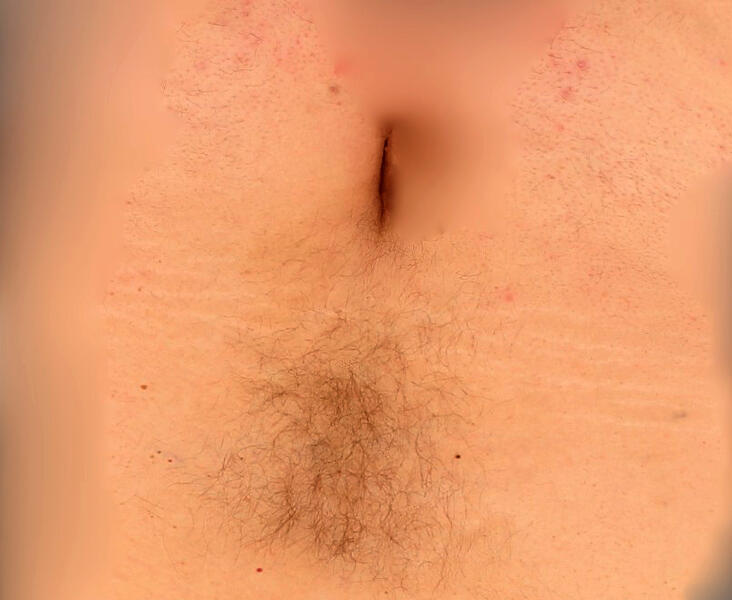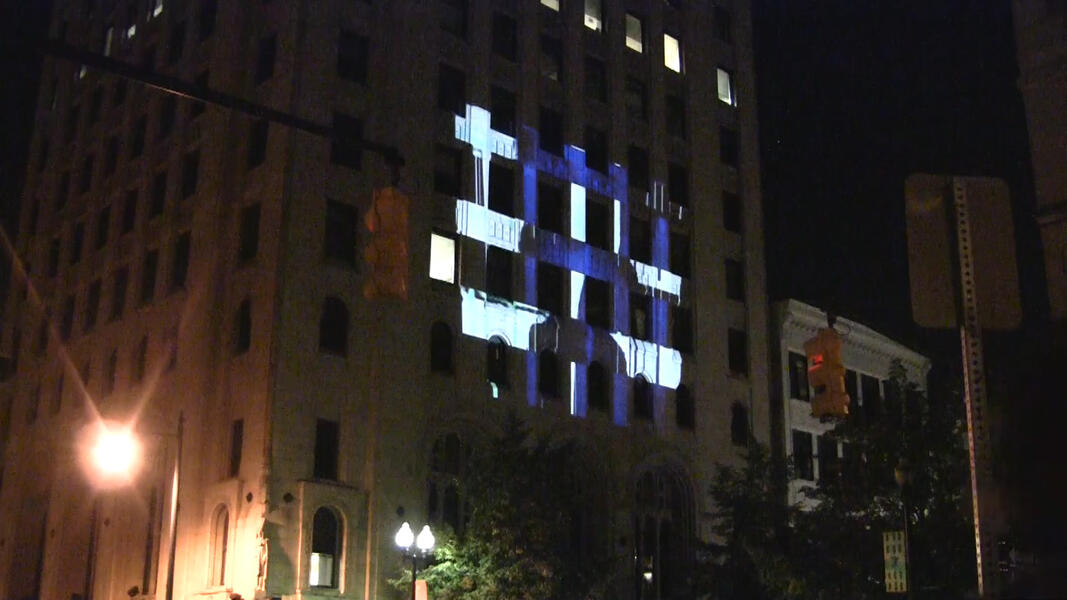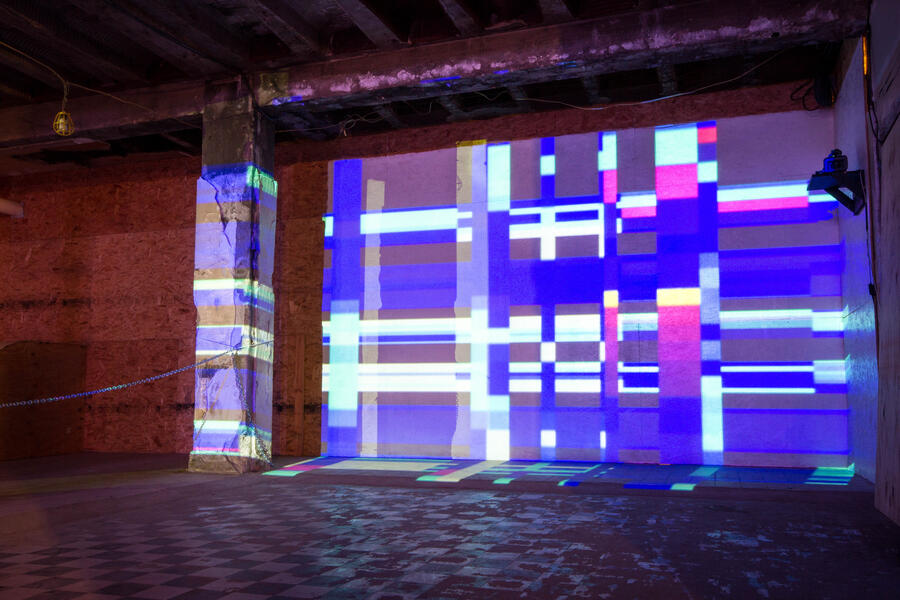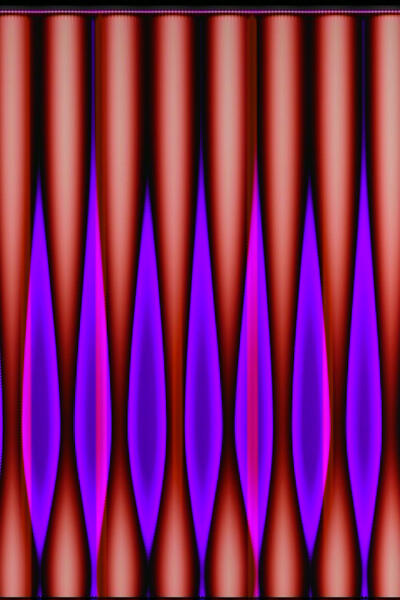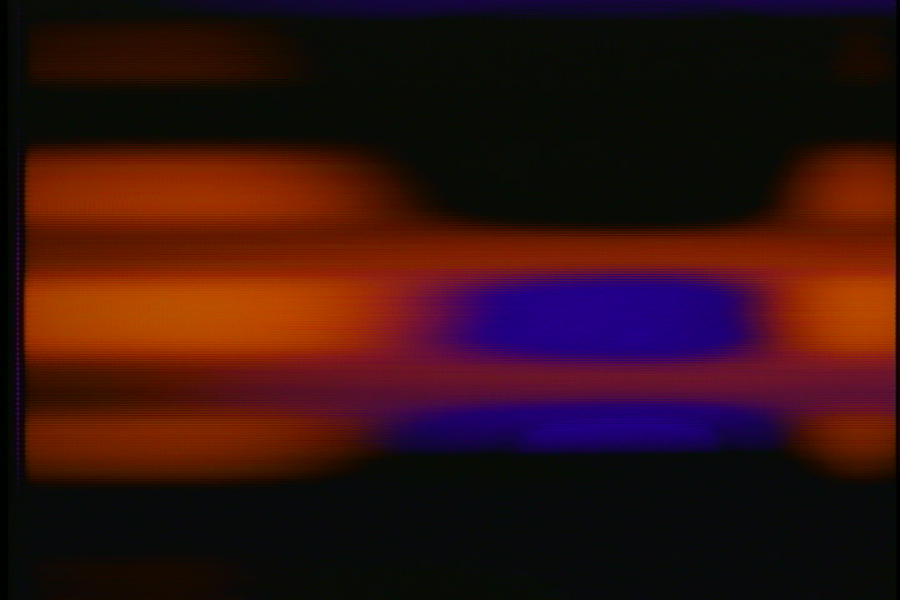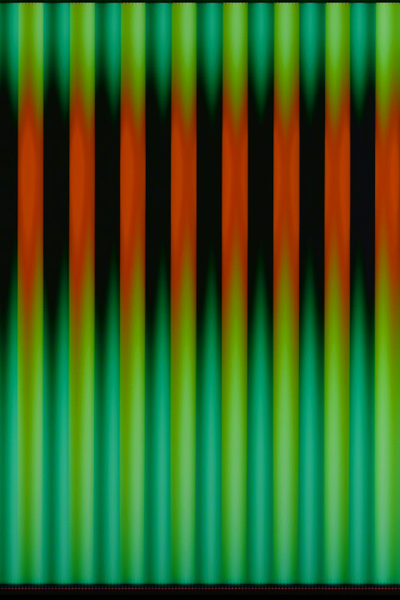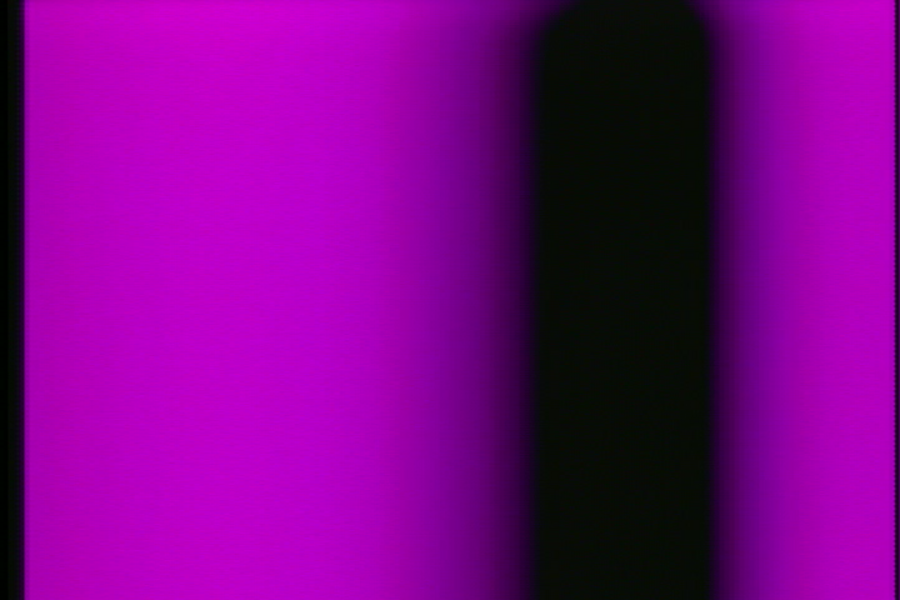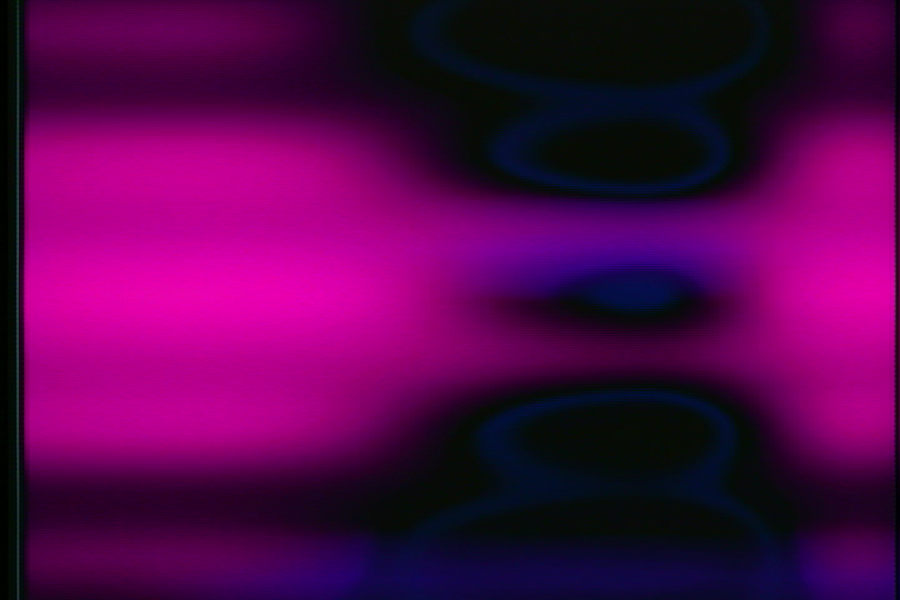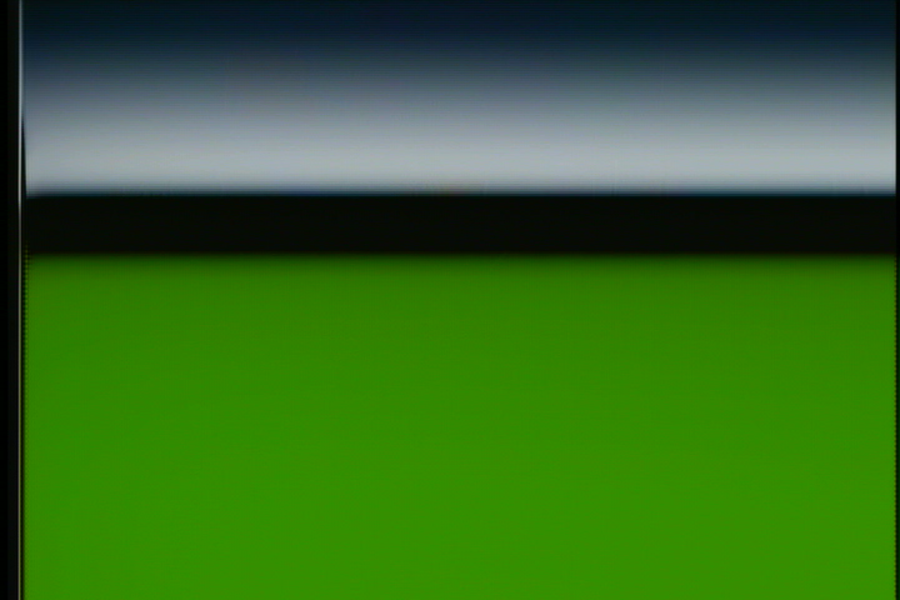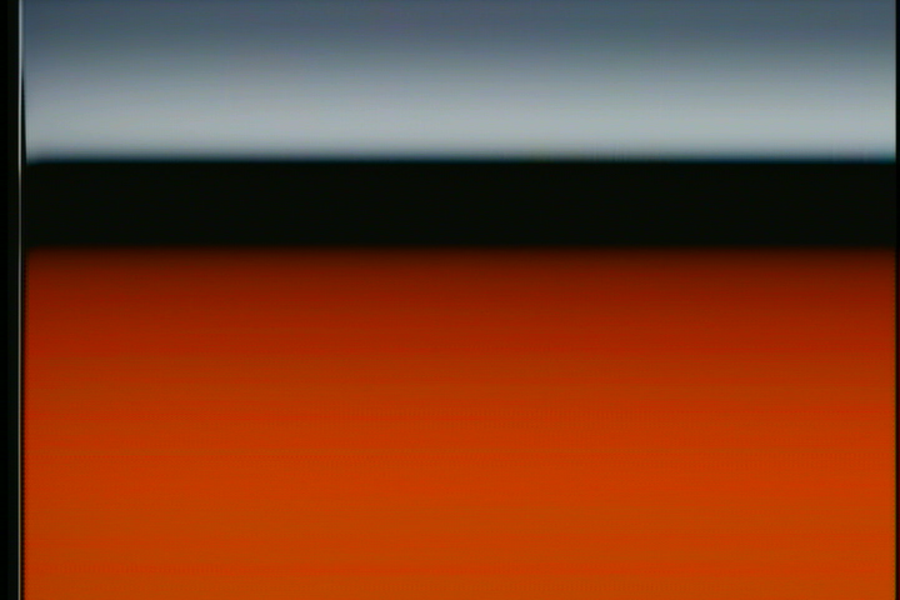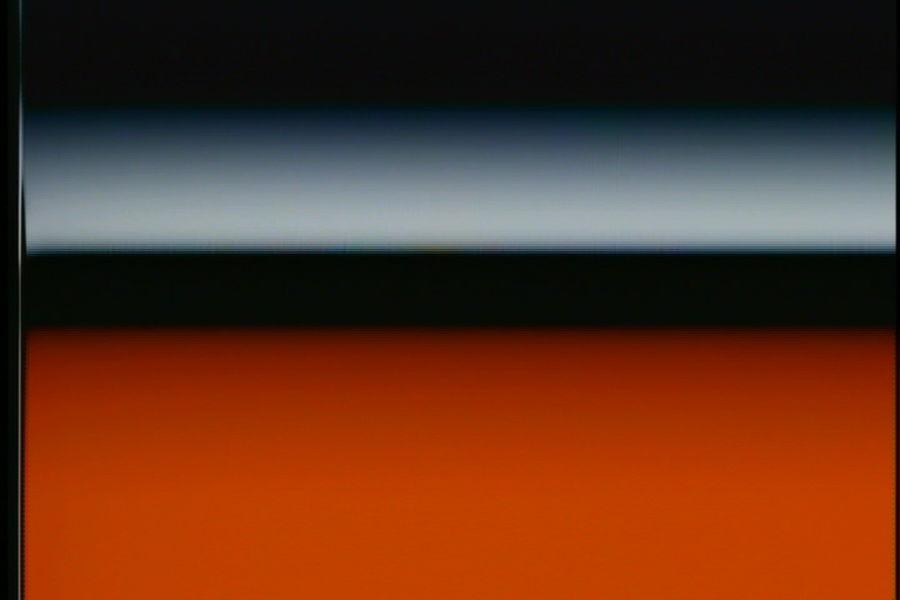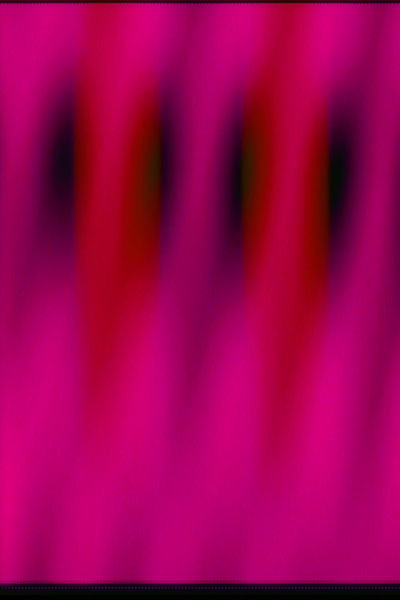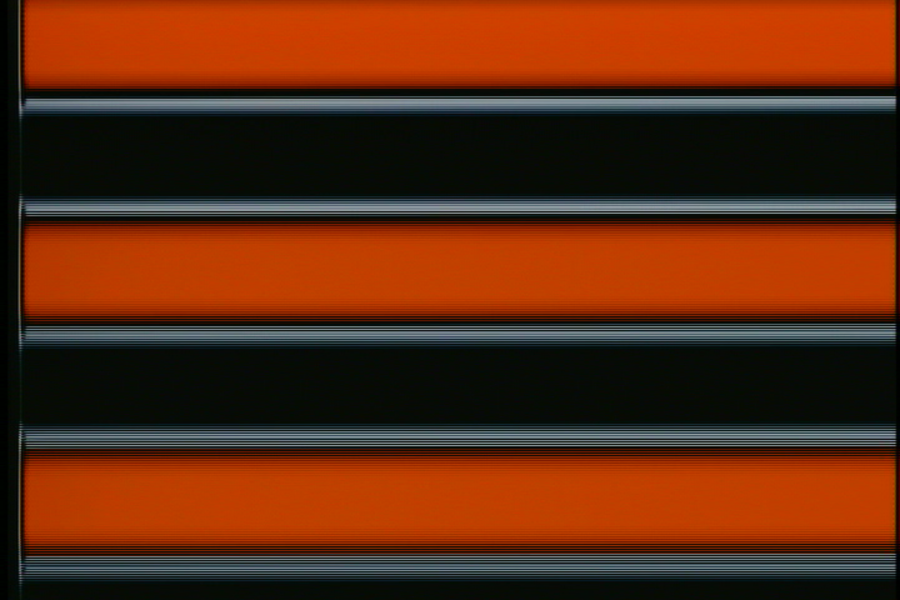About Joe
Baltimore City
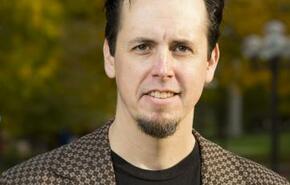
Joe Reinsel uses video, and sound to explore ideas about architectural space, time, and touch. His creative work continues to considers interaction and the environment and each work investigates different facets of communication such as video work for public installation, collective storytelling, and interactive exhibitions. He is the recipient of grants from The Flint Public Art Project, International Society of Electronic Arts, Maryland State Arts Council, Baltimore Museum of Art, New York… more
Jump to a project:
Il Tartufo Lucente
Created while Artist in Residence for Light City 2016, Il Tartufo Lucente is inspired by the stories, people, and places in Little Italy in Baltimore, MD. It illuminated the façade of St. Leo the Great Church at the intersection of Exeter and Stiles streets. Utilizing modern projection mapping software, this work incorporated photos, drawings, and imagery collected through community workshops that lead up to the festival.
-
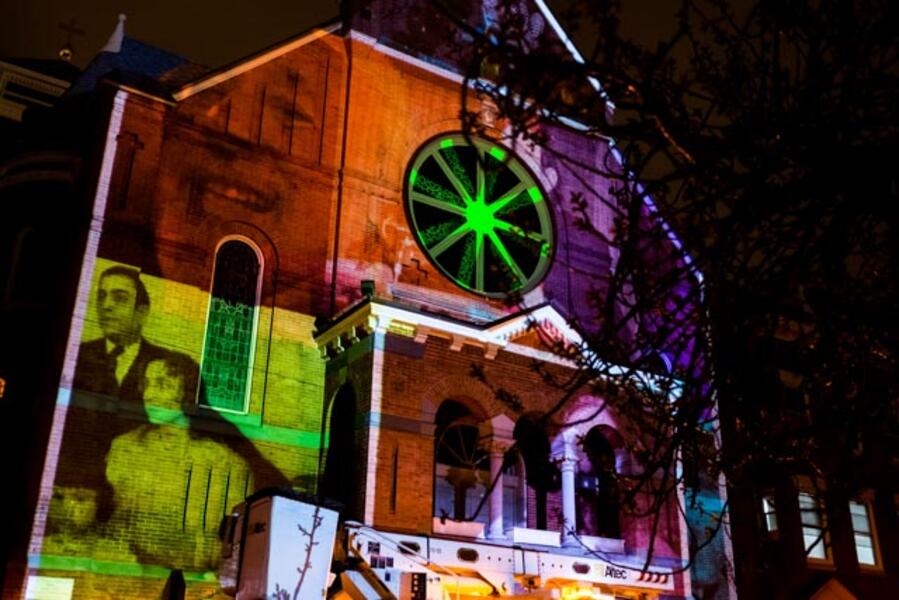 Il Tartfuo LucenteIl Tartufo Lucente- Joe Reinsel - Light City 2016, Baltimore, MD
Il Tartfuo LucenteIl Tartufo Lucente- Joe Reinsel - Light City 2016, Baltimore, MD -
Light City Baltimore Neighborhood Lights: Little ItalyThis is documentation of the Light City 2016 project that I created as Artist in Residence for Little Italy. (video documentation credit- Baltimore Office Office of the Promotion and the Arts)
-
 Il Tartufo Lucente- Light City 2016
Il Tartufo Lucente- Light City 2016 -
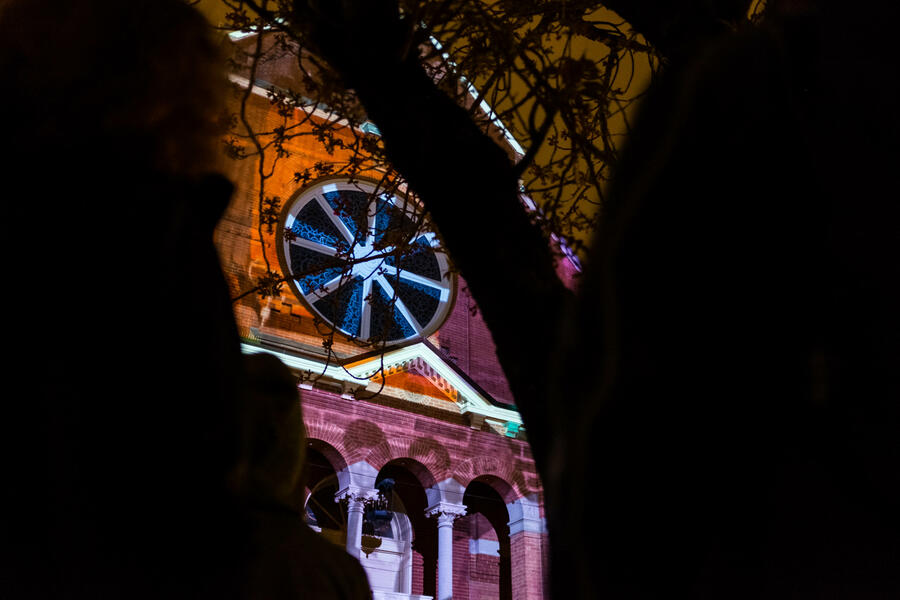 Il Tartufo Lucente- Light City 2016
Il Tartufo Lucente- Light City 2016 -
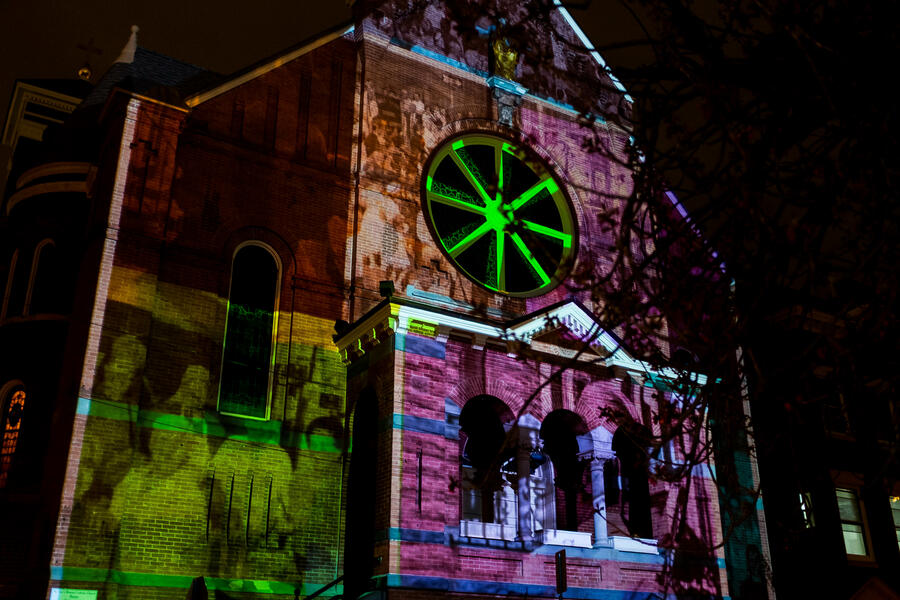 DSCF7568.jpg
DSCF7568.jpg -
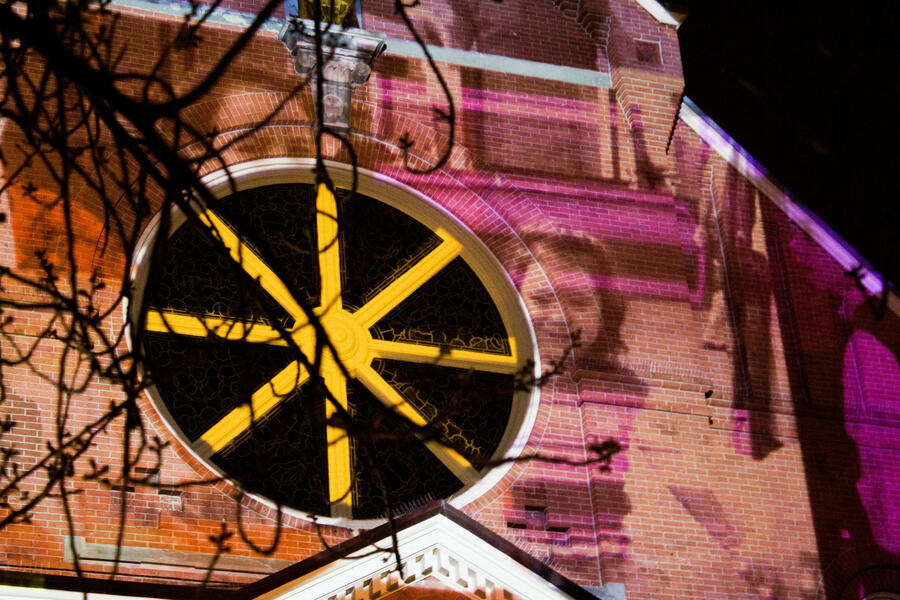 Il Tartufo Lucente- Light City 2016
Il Tartufo Lucente- Light City 2016
SNOW
This site-specific video installation “SNOW” was created using interactive software processing and rendering this seasonal passively observed installation. “SNOW” has been shown as part of public art events in Detroit, MI( November 2013), Williamsport, PA(December 2013),and Richmond VA( Nov 2014)
The Pavement
I have created a work that brings Jane Jacobs’ words directly to the sidewalk. Hearing these excerpts while walking in Washington DC added a new vantage point to understand her text. This audio walk invited people to walk and listen. I placed 5 audio recordings around the vicinity of the Corcoran Gallery of Art. Each are marked with a distinct branding that people found out on the street using a smartphone and a QR decoder application. Narration by WYPR-Baltimore radio producer, Aaron Henkin.
For more information, please visit, http://www.joereinsel.org/the_pavement
For more information, please visit, http://www.joereinsel.org/the_pavement
It Looks Like Mars
This project explores how computers interpret and reconstruct image data of the human body. The three images in this series are the result of a 3D scan of the artist’s body. The scanning software stitched together ninety-six images to create a model of the artist and applied a UV texture over the 3D model. As the software attempts to reorganize the image data, a new topography of the artist’s body emerges that is both alien and familiar.
The system was introduced to me through colleagues at UMBC and the IRC. After being trained to use the equipment I also thought about my reasons for doing this type of scan. My preparation for creating these images did not take an extended period and when I created the images I was in an experimental mode and trying not to understanding the results. This separated me a bit from concept and design of the art work for a short period and allowed me to take a role of someone who may be running tests and then digesting the results of the output data. I am not a medical professional but these notions did come to mind doing this stage of the work. In computerized 3D modeling, there are a number of components that make up the final 3D object and making comparisons to a human body can help with understanding each one. First are the points and vectors that make up the geometry of the object and also could be thought of as the bones. Then these vectors and points are connected into surfaces and this gives a more solid appearance to the object. Then to make the object more realistic there often is a texture(UV) place around this grouping of lines, vectors and surfaces which may have color or photorealistic qualities to it. For this work, I make relationships with skin because of way that this texture is applied to the 3D object. Another part of this 3D scanning system that I used is that the computer is doing many of the processing itself to create the 3D model and the UV texture. My process during these experimental stages was to turn the system on, take off my clothes stand in front of the cameras and take 96 pictures of myself simultaneously from a series of angles. The computerized system does this completely on its own.
Special thanks for the Imaging Research Center at UMBC for their assistance with this project and allowing me to use this facilty.
The system was introduced to me through colleagues at UMBC and the IRC. After being trained to use the equipment I also thought about my reasons for doing this type of scan. My preparation for creating these images did not take an extended period and when I created the images I was in an experimental mode and trying not to understanding the results. This separated me a bit from concept and design of the art work for a short period and allowed me to take a role of someone who may be running tests and then digesting the results of the output data. I am not a medical professional but these notions did come to mind doing this stage of the work. In computerized 3D modeling, there are a number of components that make up the final 3D object and making comparisons to a human body can help with understanding each one. First are the points and vectors that make up the geometry of the object and also could be thought of as the bones. Then these vectors and points are connected into surfaces and this gives a more solid appearance to the object. Then to make the object more realistic there often is a texture(UV) place around this grouping of lines, vectors and surfaces which may have color or photorealistic qualities to it. For this work, I make relationships with skin because of way that this texture is applied to the 3D object. Another part of this 3D scanning system that I used is that the computer is doing many of the processing itself to create the 3D model and the UV texture. My process during these experimental stages was to turn the system on, take off my clothes stand in front of the cameras and take 96 pictures of myself simultaneously from a series of angles. The computerized system does this completely on its own.
Special thanks for the Imaging Research Center at UMBC for their assistance with this project and allowing me to use this facilty.
Deck
“Deck” was created to explore a “non-electronic” experiment of creating an animation using thin simple lines. In “Deck” I used a portable video camera and “danced” across a backyard deck keeping the camera lense focused on the deck’s floor.
The music for this piece has similar purpose to “Lim.1”, to immerse the audience into the fast movements by using the constrasting, slow moving sounds.
The music for this piece has similar purpose to “Lim.1”, to immerse the audience into the fast movements by using the constrasting, slow moving sounds.
-
Deck"Deck" was created to explore a "non-electronic" experiment of creating an animation using thin simple lines. In "Deck" I used a portable video camera and "danced" across a backyard deck keeping the camera lense focused on the deck's floor. The music for this piece has similar purpose to "Lim.1", to immerse the audience into the fast movements by using the constrasting, slow moving sounds.
Sliding Architecture
Created for ArtPrize and Site:Lab in Grand Rapids, MI and supported by the Flint Public Art Project. Here is more information about the work.
“Joe Reinsel’s installation in collaboration with Amplifier/ Flint Public Art Project’s for the 2014 ArtPrize incorporates indoor and outdoor projection mapping components to involve the public in light’s capacity to instantly transform space both at night on the building’s surface and indoors during the day. Using video cameras and projectors, Reinsel’s work, Sliding Architecture, places participants into interactive engagement with the built environment and shifts the building from a static material to a transient and movable object.”
“Joe Reinsel’s installation in collaboration with Amplifier/ Flint Public Art Project’s for the 2014 ArtPrize incorporates indoor and outdoor projection mapping components to involve the public in light’s capacity to instantly transform space both at night on the building’s surface and indoors during the day. Using video cameras and projectors, Reinsel’s work, Sliding Architecture, places participants into interactive engagement with the built environment and shifts the building from a static material to a transient and movable object.”
Re:Dok
This collection of works incorporates my personal photographs into cut up collages in site-specific locations in public space and as a personal exploration of place and transition.
-
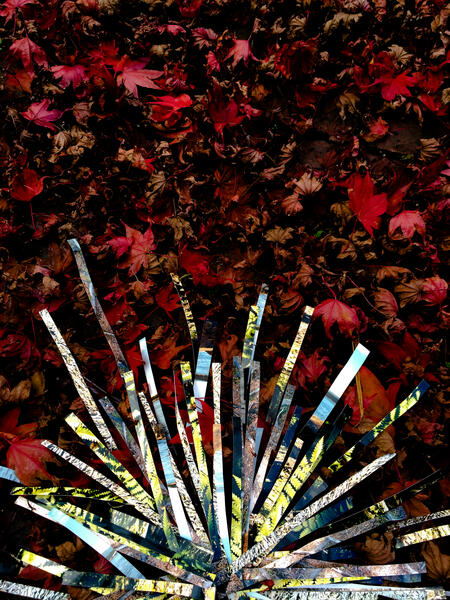 Re:DokThis collection of works incorporates my personal photographs into cut up collages in site-specific locations in public space and as a personal exploration of place and transistion.
Re:DokThis collection of works incorporates my personal photographs into cut up collages in site-specific locations in public space and as a personal exploration of place and transistion. -
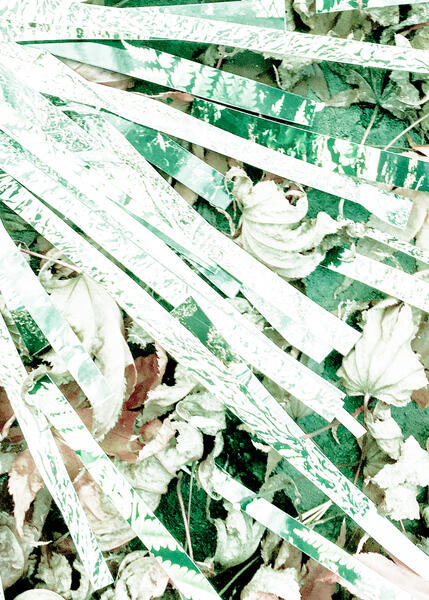 Re:dokThis collection of works incorporates my personal photographs into cut up collages in site-specific locations in public space and as a personal exploration of place and transistion.
Re:dokThis collection of works incorporates my personal photographs into cut up collages in site-specific locations in public space and as a personal exploration of place and transistion. -
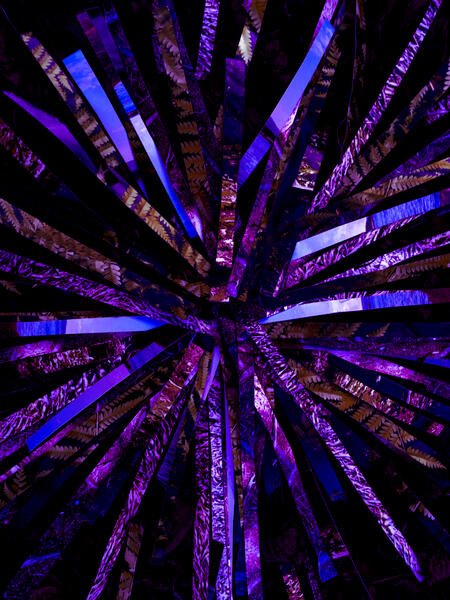 Re:dokThis collection of works incorporates my personal photographs into cut up collages in site-specific locations in public space and as a personal exploration of place and transistion.
Re:dokThis collection of works incorporates my personal photographs into cut up collages in site-specific locations in public space and as a personal exploration of place and transistion. -
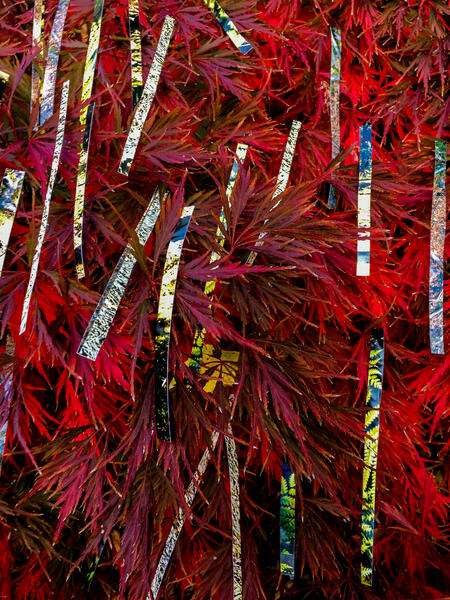 Re:DokThis collection of works incorporates my personal photographs into cut up collages in site-specific locations in public space and as a personal exploration of place and transistion.
Re:DokThis collection of works incorporates my personal photographs into cut up collages in site-specific locations in public space and as a personal exploration of place and transistion. -
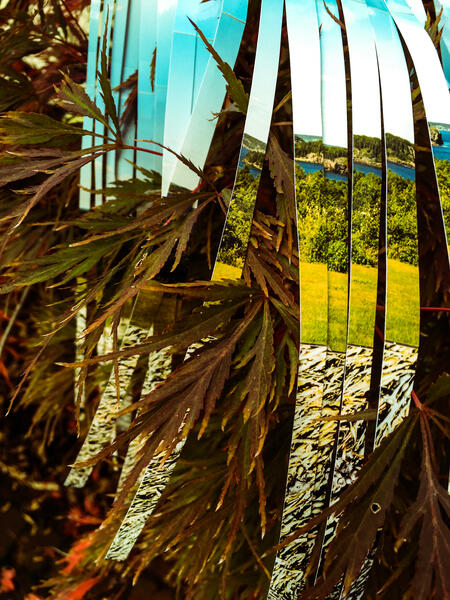 Re:DokThis collection of works incorporates my personal photographs into cut up collages in site-specific locations in public space and as a personal exploration of place and transistion.
Re:DokThis collection of works incorporates my personal photographs into cut up collages in site-specific locations in public space and as a personal exploration of place and transistion. -
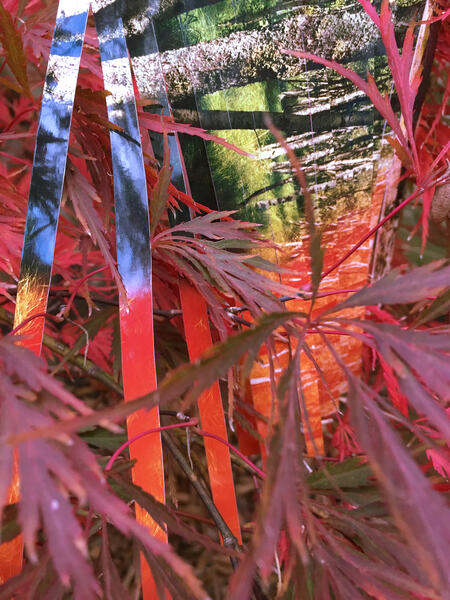 Re:DokThis collection of works incorporates my personal photographs into cut up collages in site-specific locations in public space and as a personal exploration of place and transistion.
Re:DokThis collection of works incorporates my personal photographs into cut up collages in site-specific locations in public space and as a personal exploration of place and transistion. -
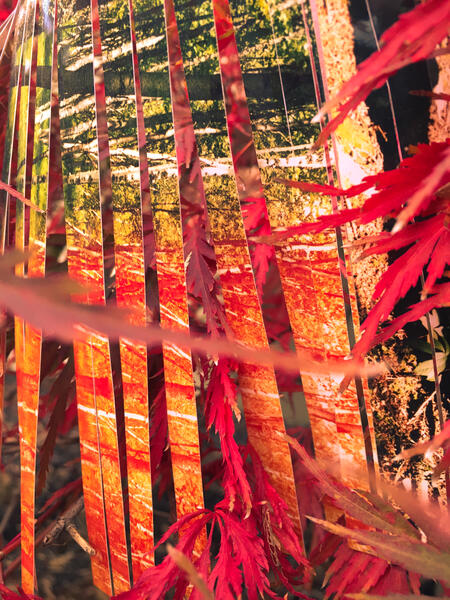 Re:DokThis collection of works incorporates my personal photographs into cut up collages in site-specific locations in public space and as a personal exploration of place and transistion.
Re:DokThis collection of works incorporates my personal photographs into cut up collages in site-specific locations in public space and as a personal exploration of place and transistion. -
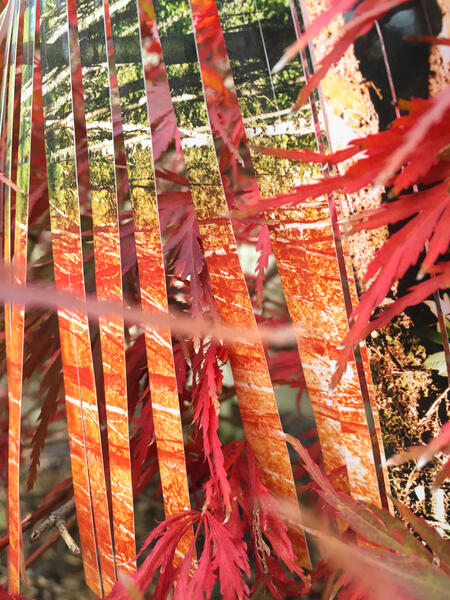 Re:DokThis collection of works incorporates my personal photographs into cut up collages in site-specific locations in public space and as a personal exploration of place and transistion.
Re:DokThis collection of works incorporates my personal photographs into cut up collages in site-specific locations in public space and as a personal exploration of place and transistion.
Lim.1
“Deck” was created to explore a “non-electronic” experiment of creating an animation using thin simple lines. In “Deck” I used a portable video camera and “danced” across a backyard deck keeping the camera lens focused on the deck’s floor.
The music I wrote for this piece has similar purpose to “Lim.1”, to immerse the audience into the fast movements by using the contrasting, slow moving sounds.
The music I wrote for this piece has similar purpose to “Lim.1”, to immerse the audience into the fast movements by using the contrasting, slow moving sounds.
Threshold Circuit
Balancing visual and sound elements between distortion and clarity, I created Threshold Circuit. Viruses (biological and electrically) manipulate information and our bodies everyday and I want to visually describe that â??teeteringâ? moment between clarity and confusion.
Resonations Series
These works are created from sound. The analog synthesizer that I used to generate the sine waves allowed me to connect a low voltage signal (+ or – 5 volts) to a video signal generator. The result was similar to the prints, except that it was black and white. I then used another analog video device that was connected to the output of the video signal generator to shift the color values. The material was recorded as video in a studio performance. To construct the prints, I digitized the video and selected individual video frames. I then processed and printed (26 X 40 inch) the video frames on archival paper. They were created while in residence at Experimental Television Center, in NY state.
